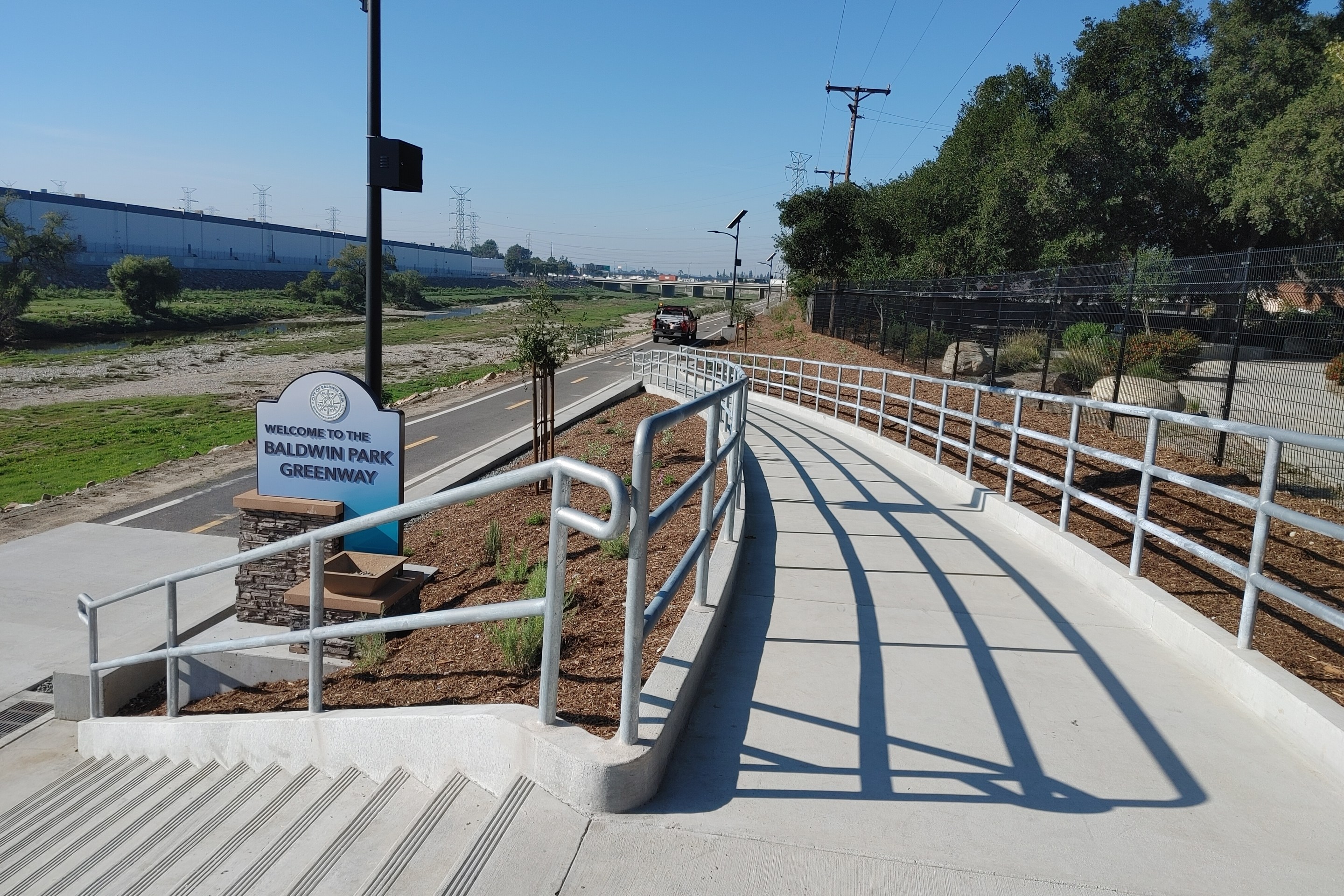
With all due respect to my vehicular-cyclist friends, I’m a big fan of separate facilities for bikes. They keep bicyclists safer and encourage more people to ride, and I know I make a lot fewer risky moves when I’m riding in a lane built for my two wheels and not a two-ton, 200-horsepower steel box.
So I have to admit, my first thought upon seeing the mandatory sidepath provision in the Senate transportation bill was: What’s the big deal? If cyclists have fought hard to get a separated path built in federal land, why shouldn’t we use it?
But the League of American Bicyclists set me straight with their blog post and action alert on the topic. The group says that while many states used to have similar sidepath laws, the idea has fallen out of favor recently, and here’s why:
The problem with the provision is that the restriction applies regardless of the quality, safety, and utility of the path provided; it disregards the needs of cyclists to be on the roadway to access shops, services etc.; and ignores our fundamental right to the road.
Here’s the bill language that has cyclists up in arms:
Section § 203 (d):
BICYCLE SAFETY.—The Secretary of the appropriate Federal land management agency shall prohibit the use of bicycles on each federally owned road that has a speed limit of 30 miles per hour or greater and an adjacent paved path for use by bicycles within 100 yards of the road.
Bike advocates say it doesn’t make sense to say it’s too dangerous to have cyclists on some 30 mph roads, but where there’s no sidepath, sure, no problem! The League worries it’s a slippery slope toward a “paternalistic” attitude of keeping cyclists off all roads above 30 mph “for their own good” — and blaming the victim for accidents.
Plus, the League says, “if the path is any good, you shouldn’t have to force anyone to use it; they will use it voluntarily because it works.” Unfortunately, that’s not always the case. “Our communities are replete with examples of poorly designed, built and maintained paths that are little more than glorified sidewalks,” writes League President Andy Clarke. “Cyclists routinely ignore these shoddy paths because they are dangerous, slow, and out of the way.”
Cyclelicious highlighted the personal safety issues that arise on sidepaths in its post yesterday. It’s certainly an issue in urban areas. The recently-built Metropolitan Branch Trail in DC and Maryland has been rife with crime since it opened. And in Portland, a separated bike path along the I-405 overpass is widely known as the “Ho Chi Minh trail” for its high crime and low lighting.
The Bike League is especially concerned about this mandatory-sidepath provision being enacted in national parks because of an increasingly hostile attitude toward bikes on the part of the National Park Service lately. Advocates have gone up against NPS several times lately over substandard trail design in Olympic National Park, plans to build a trail unnecessarily close to the road in the Tetons, access issues along the Blue Ridge Parkway, event permits in Yellowstone, and a baffling ban on bike-share on the National Mall in DC. A blanket ban on bikes in the roadway in national parks just adds more fuel to that fire.
The League is circulating a petition to try to get the mandatory sidepath rule stripped out of the bill.






